Your browser is out-of-date!
For a richer surfing experience on our website, please update your browser. Update my browser now!
For a richer surfing experience on our website, please update your browser. Update my browser now!
A long walk to water narrates stories of loss associated with the Sardar Sarovar Project. Intentionally situated along the Garudeshwar Dam a part of the larger Sardar Sarovar Project, the intervention sits in protest against what several activists term “ dam fundamentalism.” The Sardar Sarovar Project came into existence to benefit the farmers and promised water to the drought prone areas of Gujarat, Maharashtra and Madhya Pradesh. The first stone of the Dam was laid in the year 1961 and since then the saga of submergence of multiple villages in the command area began. A long walk to water is designed to be a platform for these voices. Voices that were drowned as the backwaters rose. The installation is situated on the edge of Garudeshwar dam which is one such undergoing project. The function is to store the water during peak hour and generate power. However it is claimed that the main reason why the dam is being built is to make a path to a statue of unity. From this, approximately 11 villages are likely to be impacted. With the end to this walk, visitors are stirred with a thought, a conflict of visions and emotions linked to the construction of the project, thus providing a remembrance to the sufferers.
View Additional Work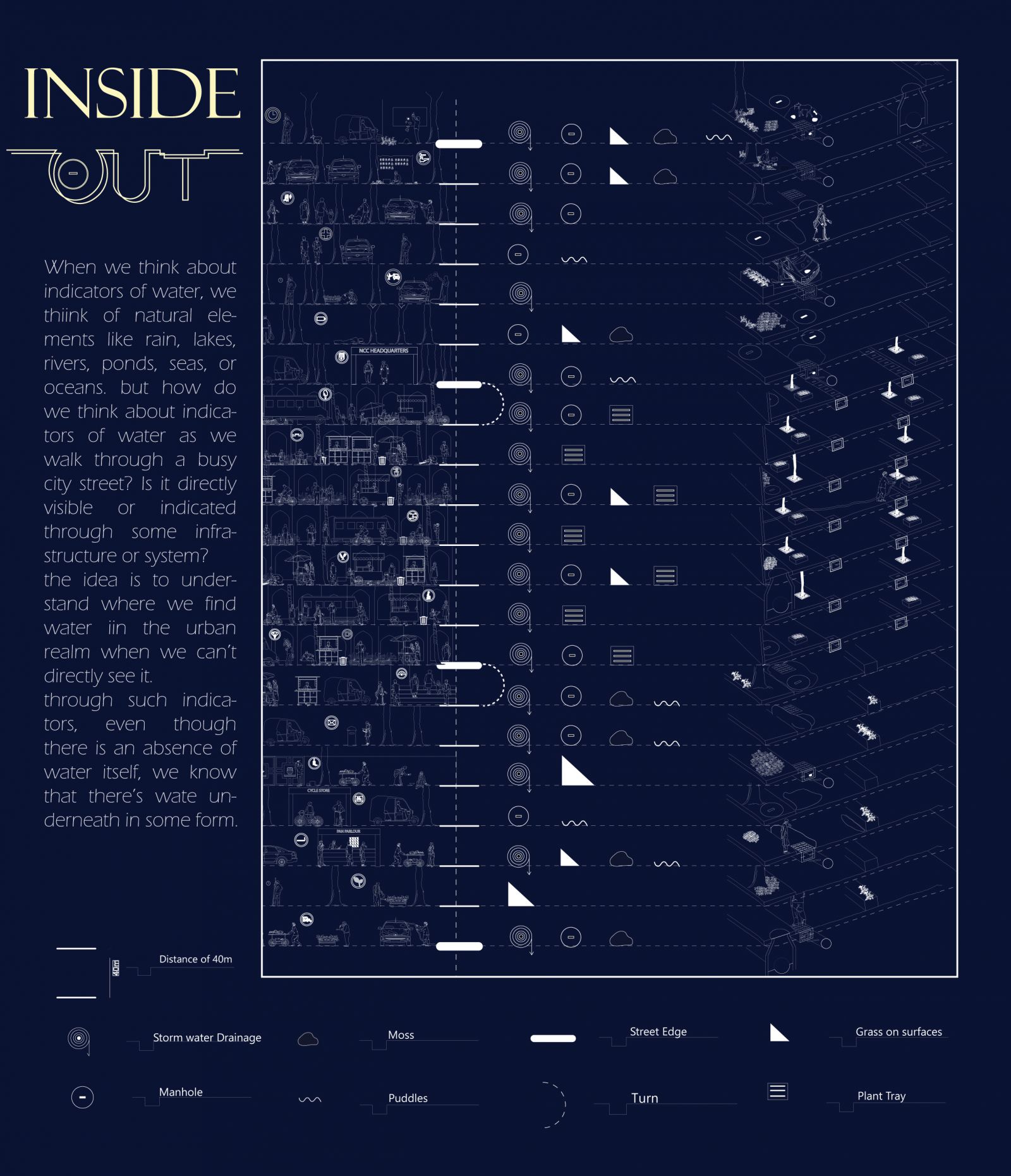
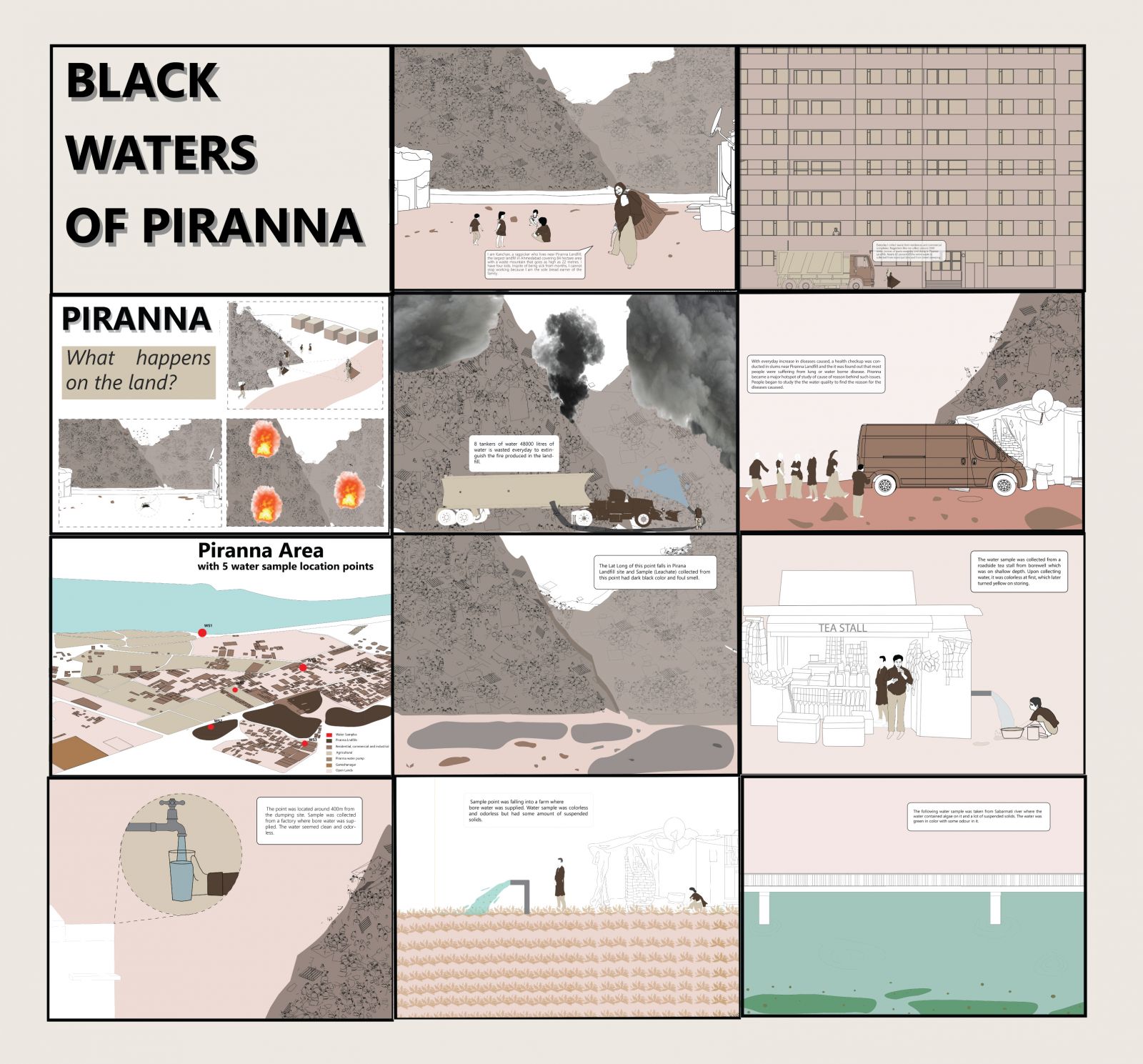
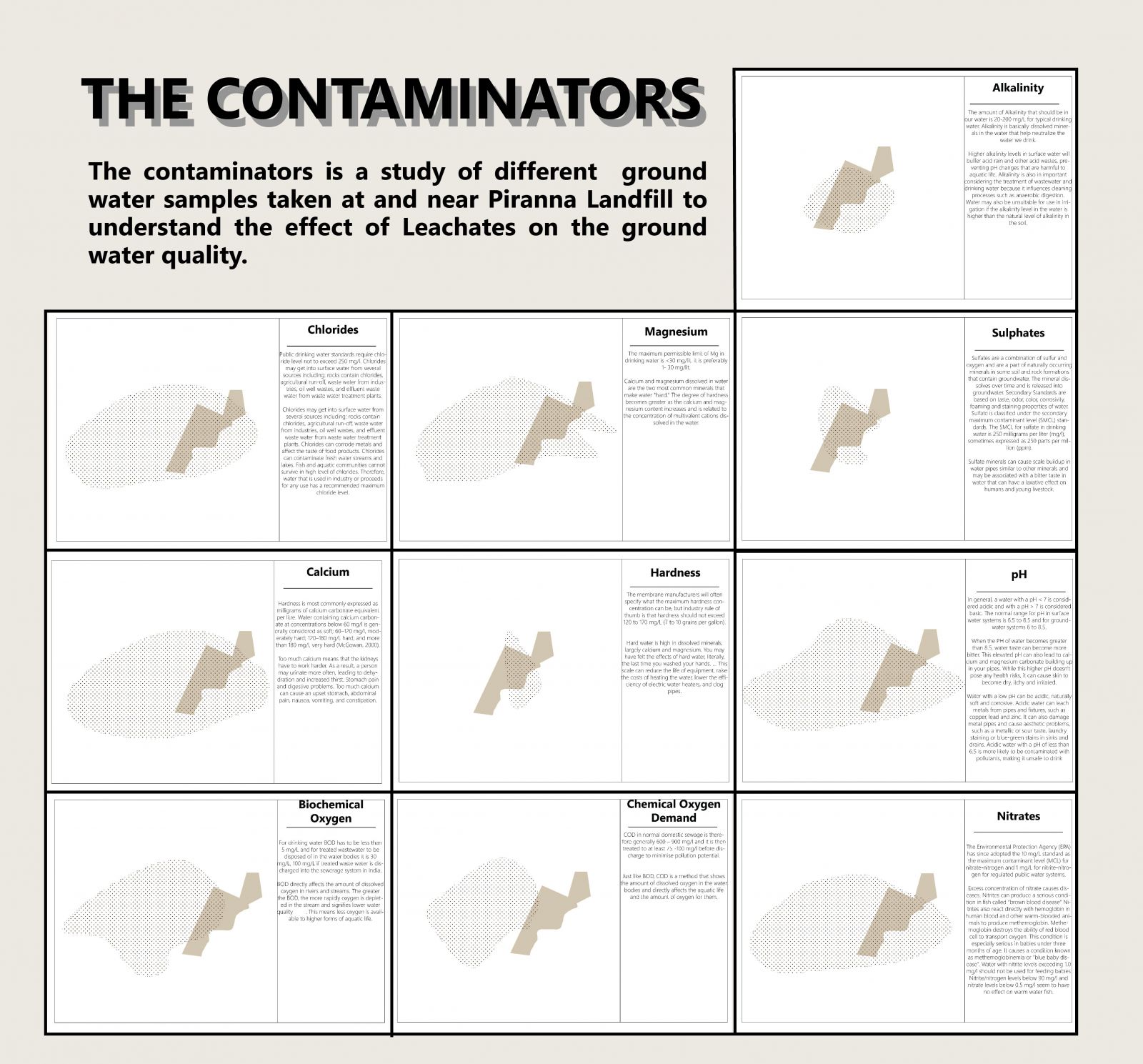
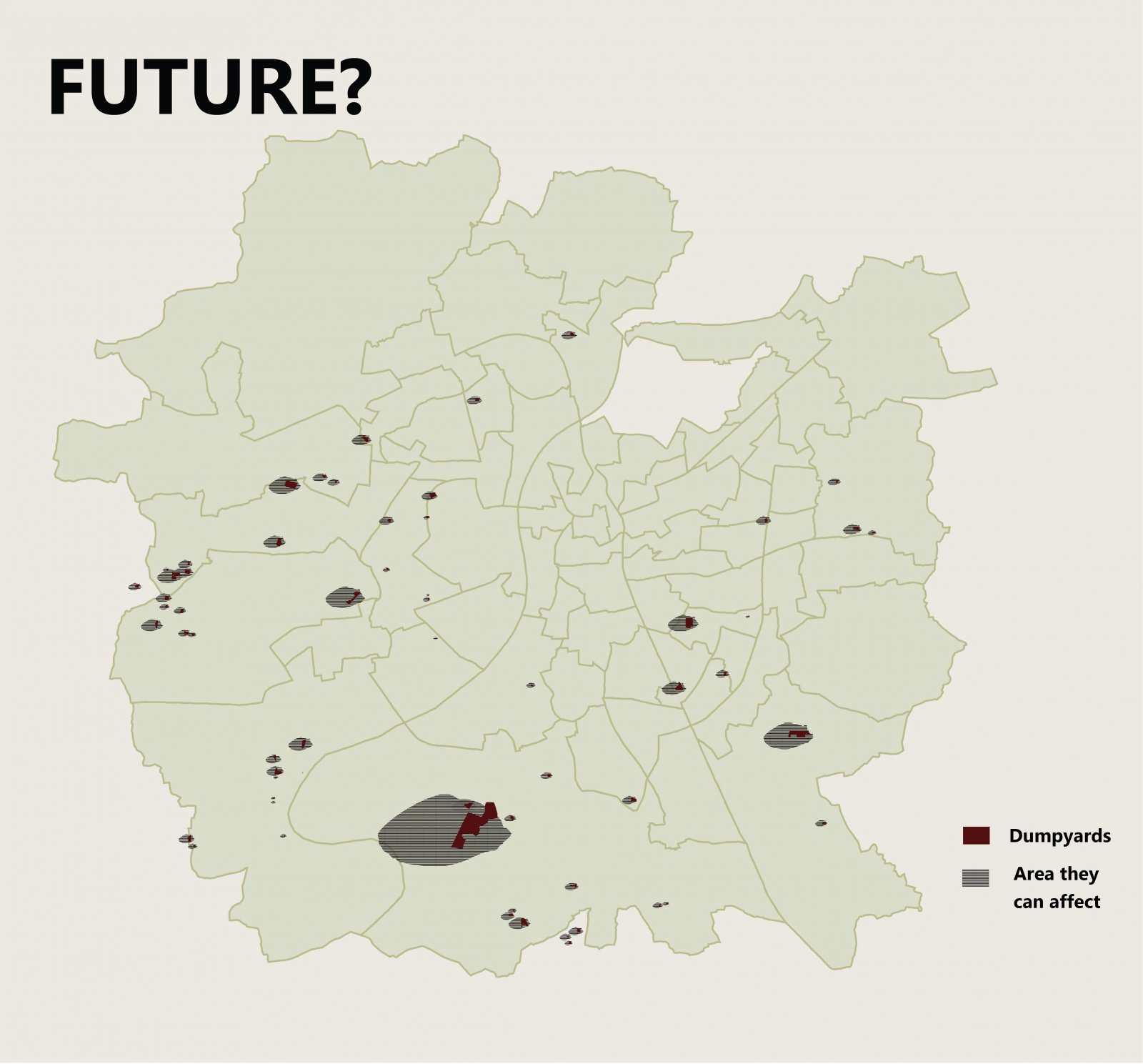
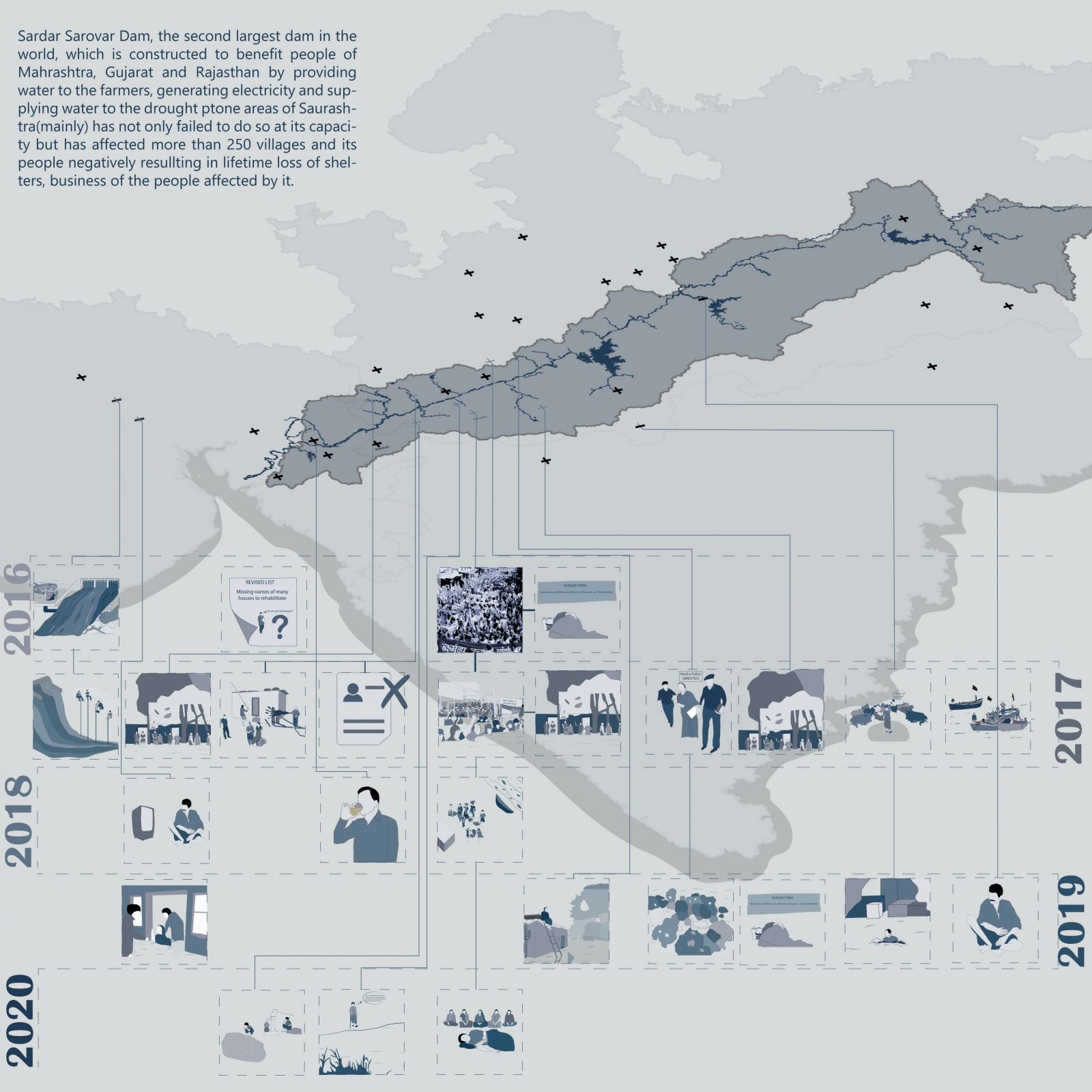
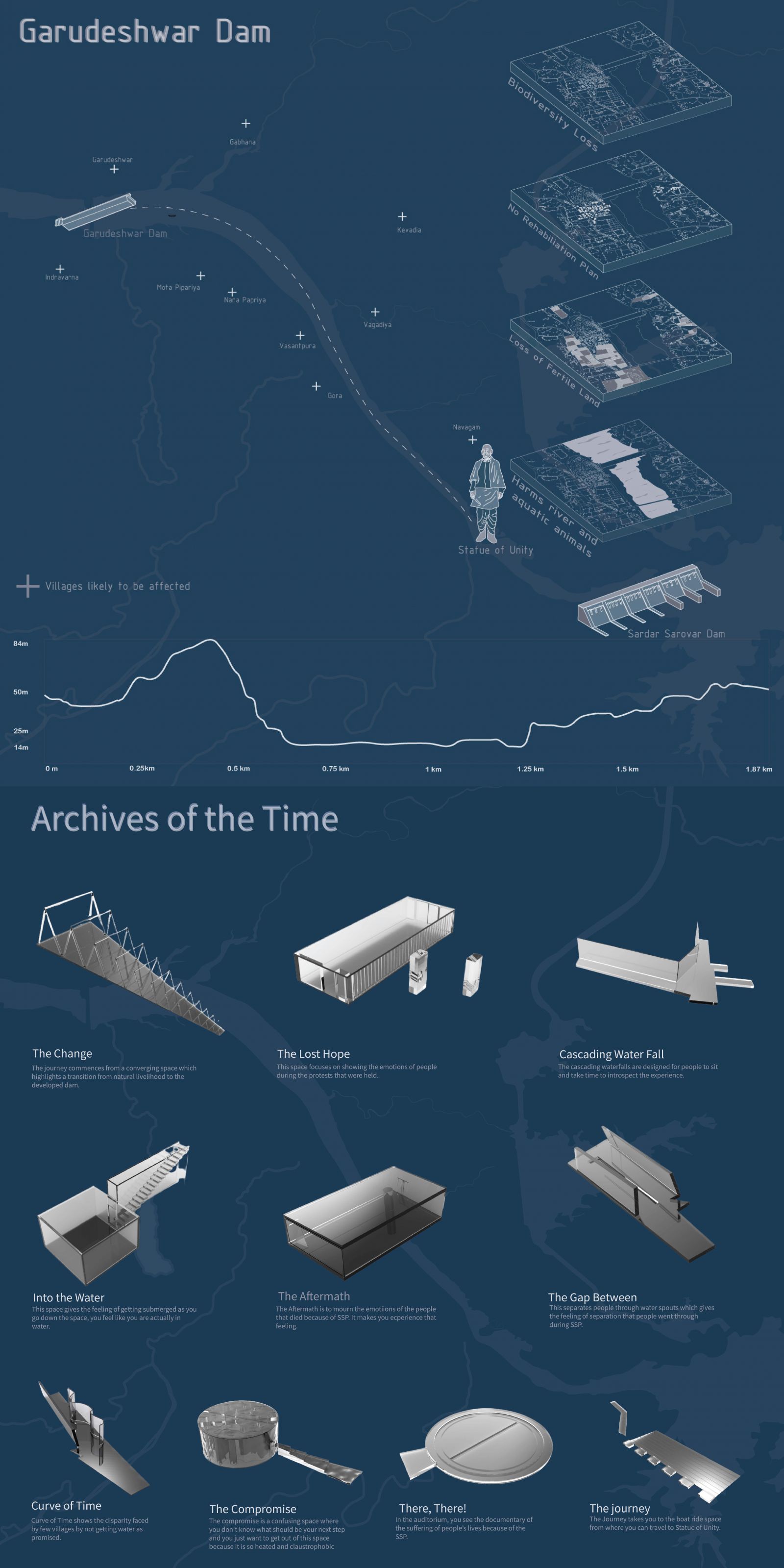
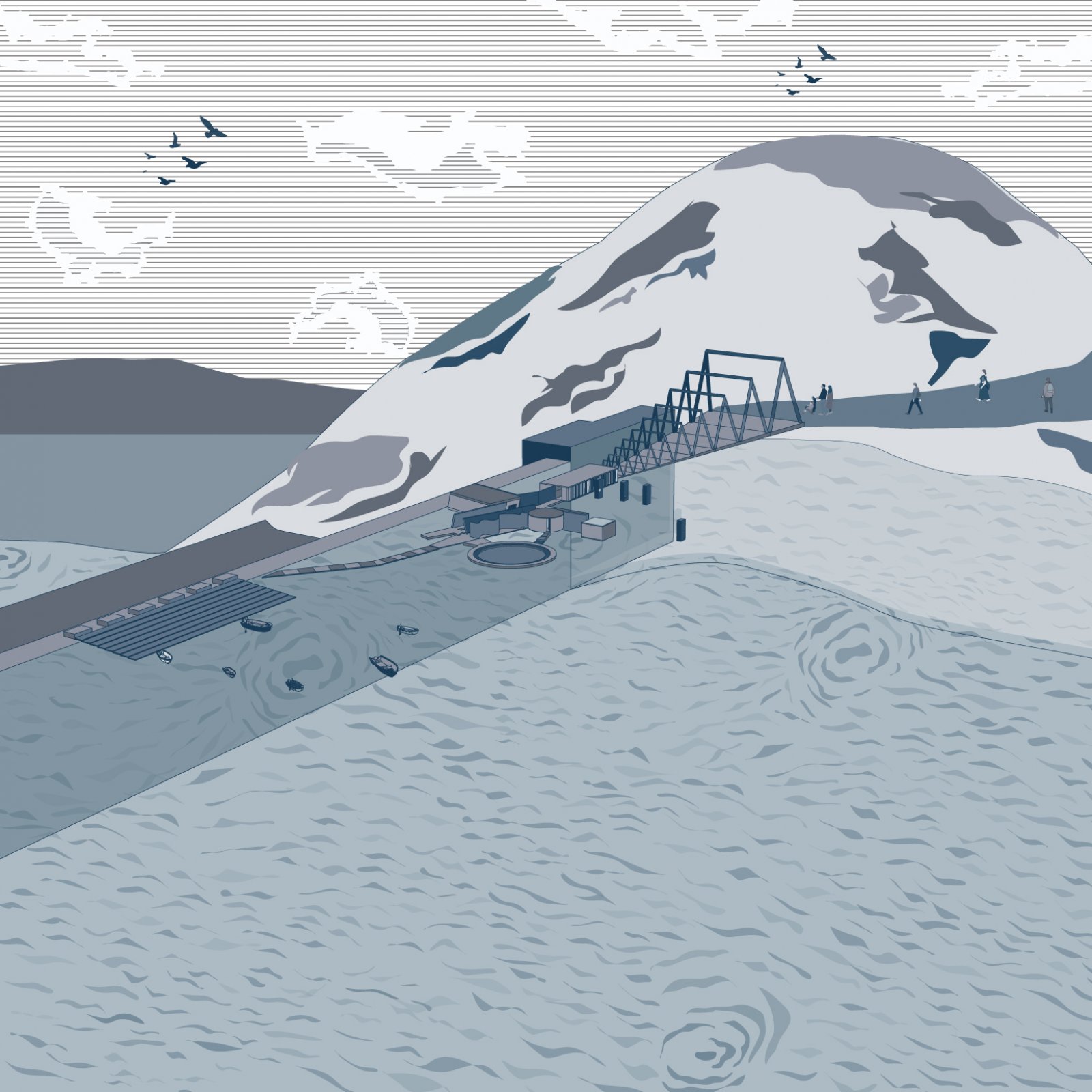
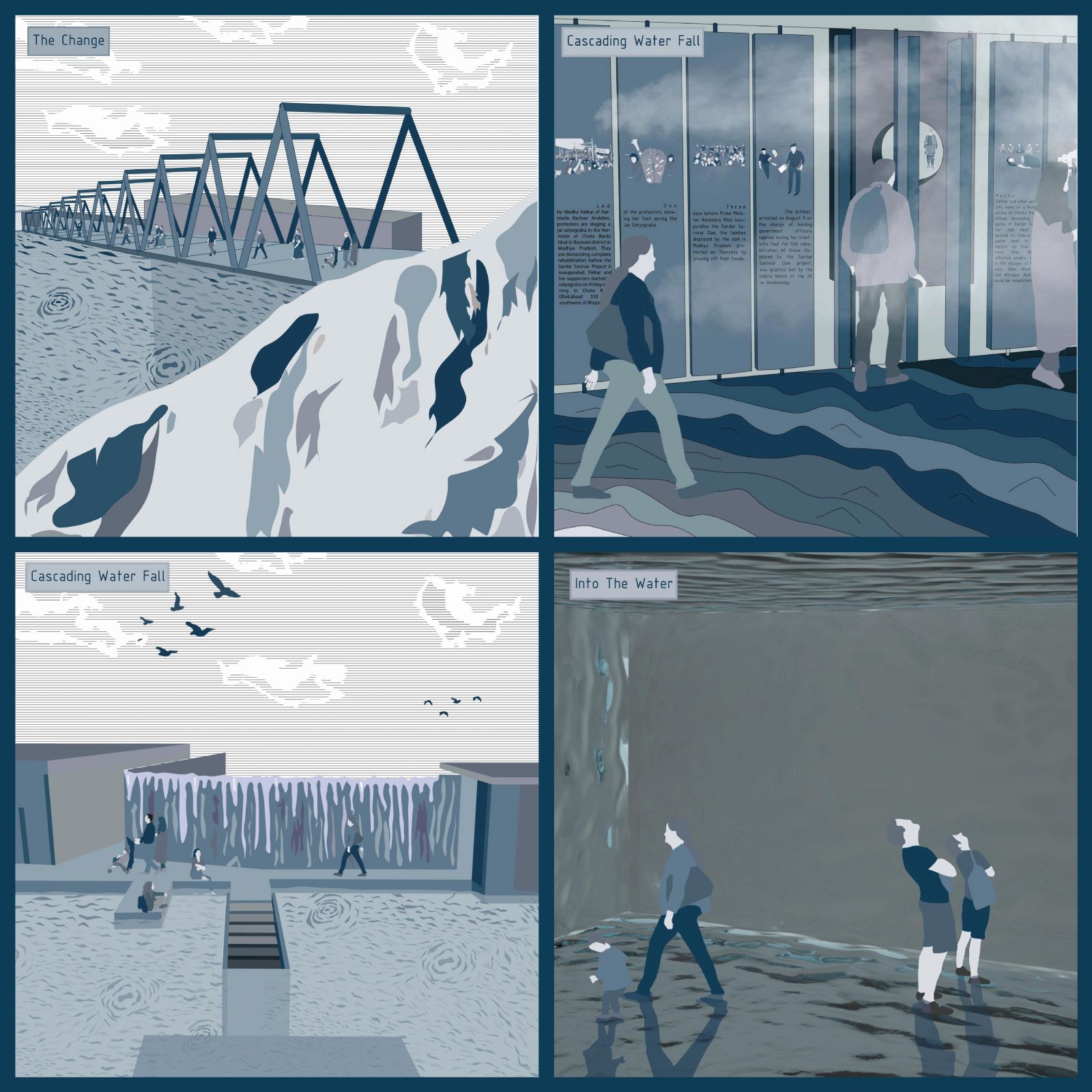
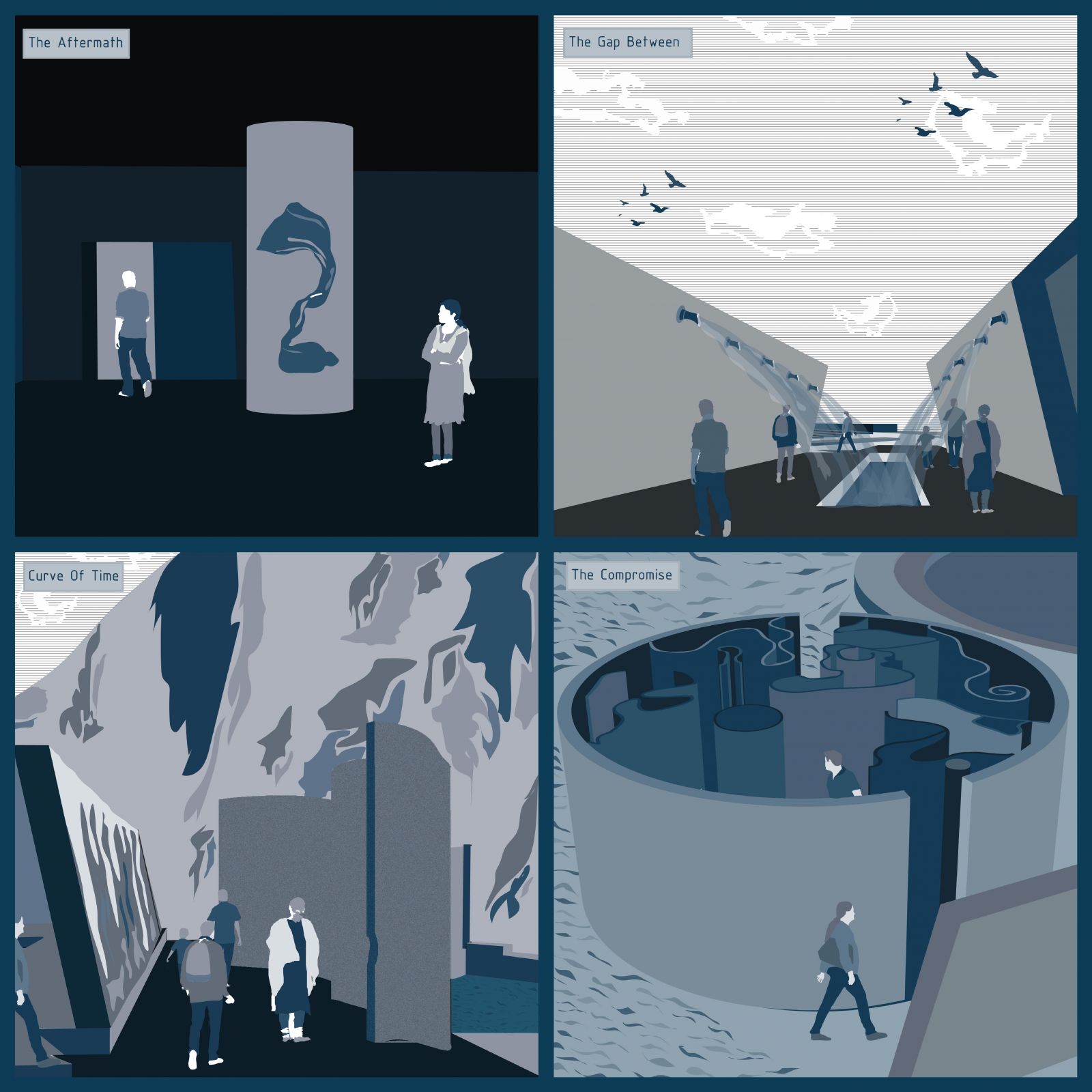
.jpg)